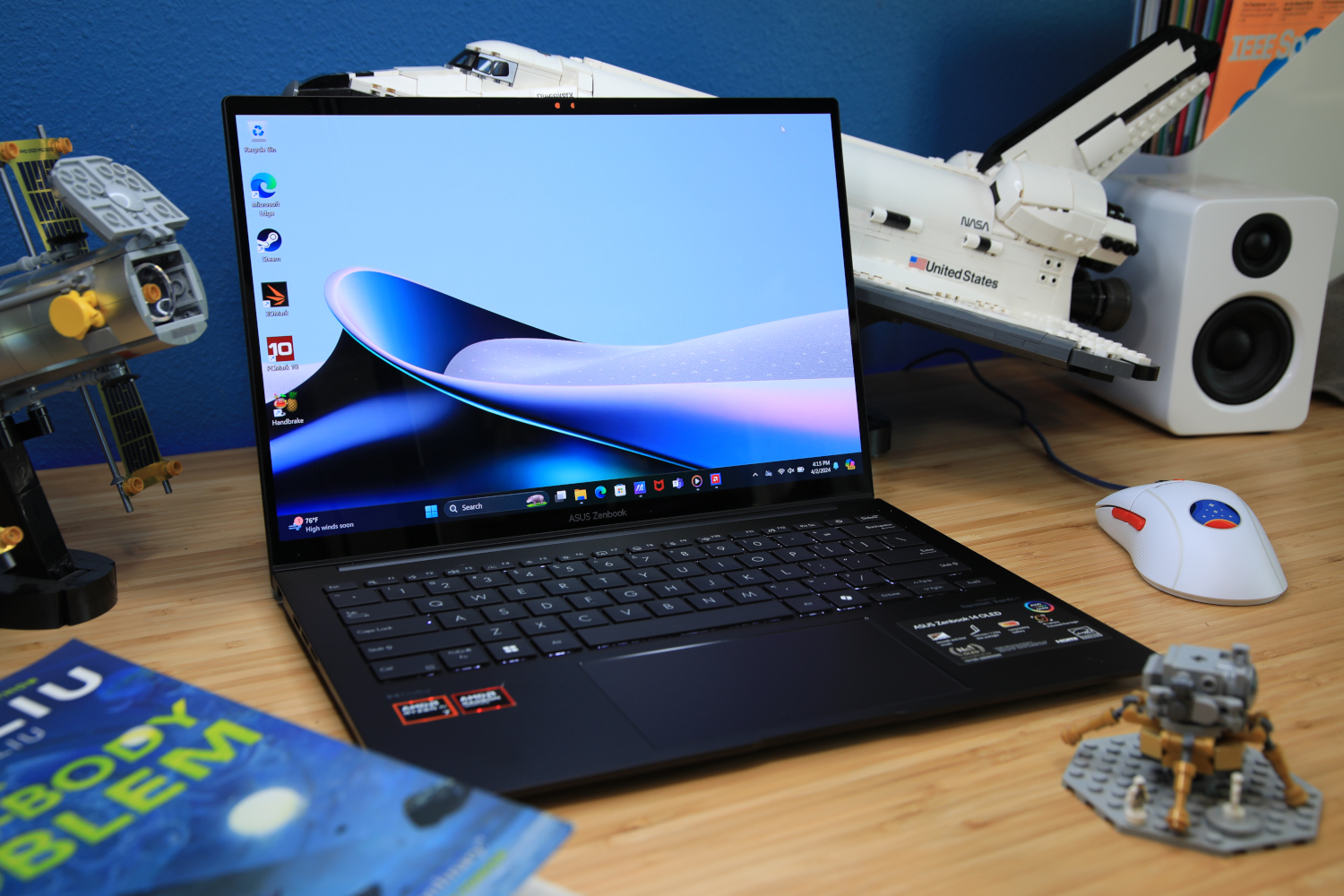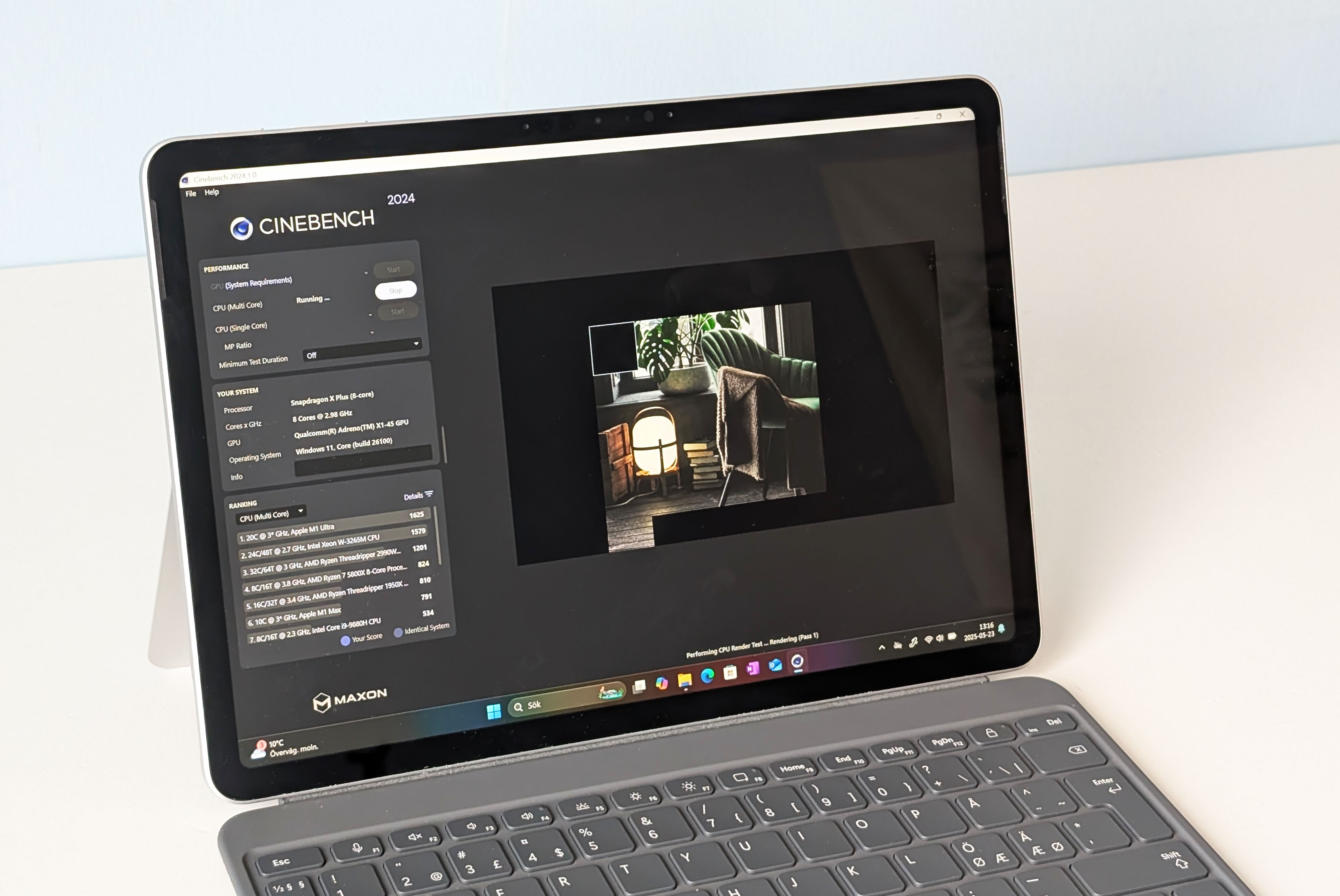It’s that time of year again, folks. Whether you’re a freshman heading off to college for the first time or a returning student, you’re going to need a reliable laptop that can carry you through your school years and maybe even beyond. But finding the right laptop for your needs can be like searching for a needle in a haystack–daunting. What screen size should you choose? Do you really need a high-powered processor just for research and web browsing? It can be overwhelming, but that’s where I come in.
In addition to overseeing PCWorld’s laptop reviews, I also manage our top-pick roundups, including best laptops and best laptops for college students. Notebooks are my specialty, so I know exactly what to look for in a great college laptop. If you’re not sure where to start, don’t sweat it—I’ll walk you through the process step by step.
6 must-have features in any college laptop
Battery life
The number one must-have feature when it comes to college laptops? Good battery life, hands-down. You don’t want your laptop to suddenly turn off when you’re in the middle of taking notes for an upcoming exam. I’ve been there and it sucks. So, what’s a good number to hit for battery life?
This laptop has insane battery life
Lenovo ThinkPad X1 2-in-1 Gen 10 Aura Edition
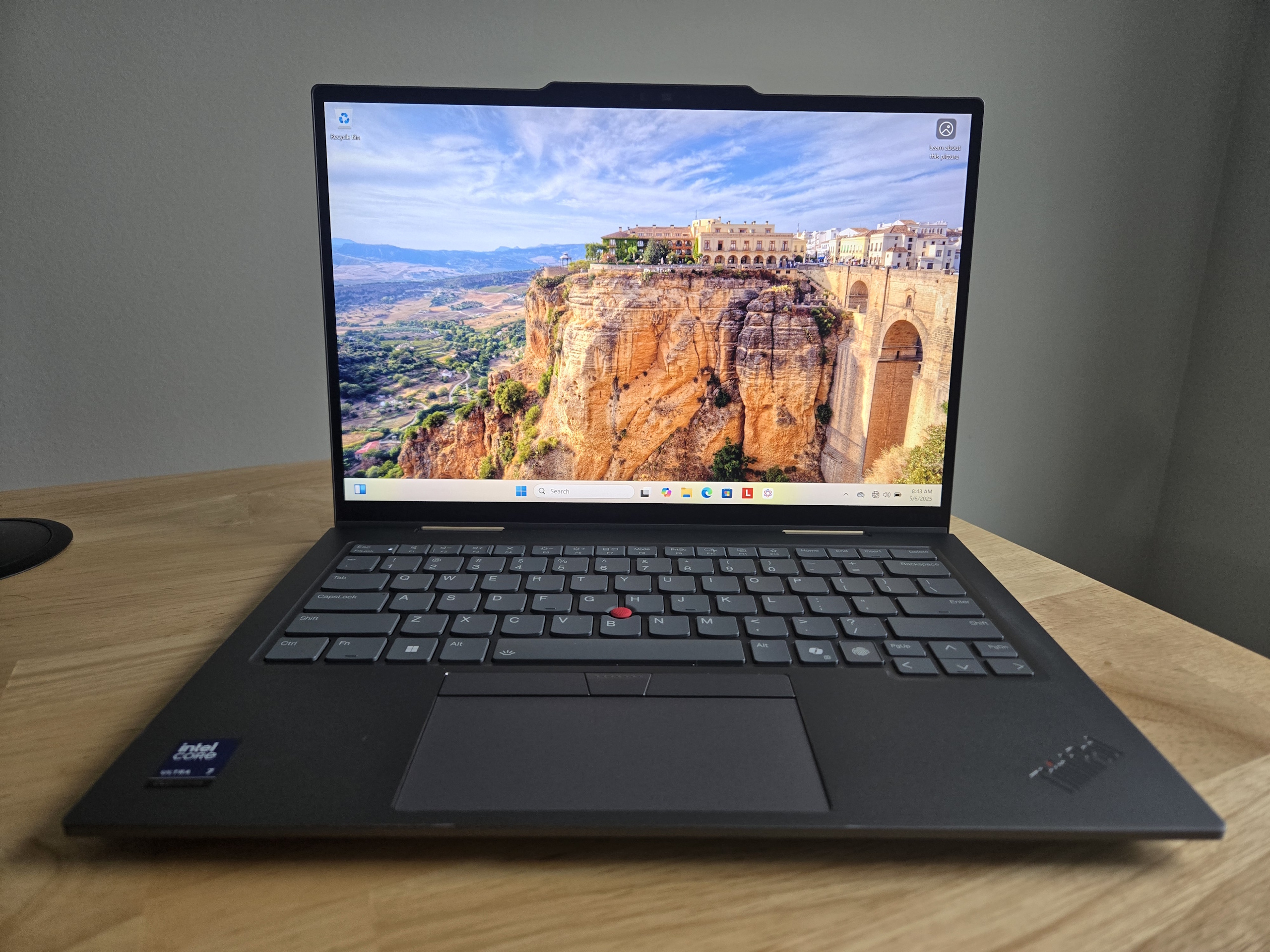
I’d recommend a laptop with 10-15 hours of battery life, but we’ve tested a few laptops with Qualcomm processors that last 20+ hours on a single charge while watching video, which is absolutely bonkers. For instance, the Samsung Galaxy Book4 Edge lasted 21 hours while the Asus ZenBook A14 lasted 24! The Galaxy Book4 Edge is especially impressive considering it’s a 16-inch laptop with an OLED display and, if you know anything about OLED, you probably know they tend to use more power.
While laptops with Qualcomm processors are great for everyday tasks, they don’t always play nicely with specialized PC software that some courses may require. So if you’re in the market for a laptop with an Intel Core or AMD Ryzen processor, both of which offer full software compatibility, we’ve reviewed plenty of those, too. Two standout options: the Dell 14 Plus 2-in-1 (15 hours!) and the Lenovo ThinkPad X1 2-in-1 (almost 25 hours!), both of which offer exceptional battery life.
Enough power for writing papers and general web browsing
You don’t need a ton of power for basic tasks like writing papers, research, general web browsing, and so on. You can easily get by with an Intel Core i3, 8GB of RAM, and 256GB of SSD storage. That said, more RAM and storage will improve the speed of the laptop, so you’ll notice a smoother web browsing experience as well as better multitasking performance like being able to simultaneously run multiple applications.
If you can afford it, I’d recommend bumping up your configuration to 16GB of RAM and either 512GB or 1TB of SSD storage, especially if you’ve got a big backlog of games in your library.
check out our favorite windows laptop for college students
A good screen that won’t hurt your eyes
Having dealt with eye strain and tension headaches for years, I know how important it is to invest in a laptop with a good screen and you should, too. Whether it’s tuning in to a remote lecture or writing a compare and contrast essay late into the night, you’re going to be staring at the screen a heck of a lot. The minimum resolution I’d recommend is 1920×1080–it’s sharp enough for writing essays, watching Netflix, answering e-mails, scrolling through your synopsis, and so on. Anything lower than 1080p and you’ll find yourself leaning in to squint at the ants, I mean words on your screen.
If you’re looking for a laptop with a truly stunning screen, you should definitely check out the Asus ProArt P16, which earned the top spot in PCWorld’s roundup of the best laptops for video editing. Its 4K OLED display is simply to die for. OLED displays are also known for delivering deeper blacks and richer colors than IPS panels, making this laptop a good choice for graphic design majors.
A lightweight form factor
Nobody wants to be lugging a heavy laptop from class-to-class. If you’ve got a jam-packed schedule this year, then you’ll really need to take a laptop’s weight into consideration. Gaming laptops, for example, tend to be heavier machines often weighing six pounds or more. That’s because they house bigger and more powerful hardware inside. There are a few lightweight gaming options out there in the universe, but if it’s raw power you’re after, chances are you’ll end up with a bulkier one.
Anything under four pounds is considered “portable” in the laptop world. That said, folks with weak arms and shoulders (hi, it’s me) may opt for something even lighter. If that’s you, then you’ll want to pick up the Microsoft Surface Pro (2025). It weighs just 1.51 pounds and it’s powerful enough to handle emails and Zoom calls.
A superior ultraportable laptop for students
Chcete-li přidat komentář, přihlaste se
Ostatní příspěvky v této skupině

Contrary to popular belief, most property crimes—including burglaries
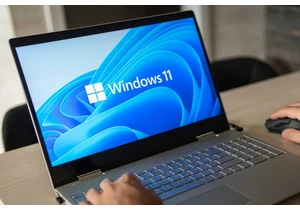
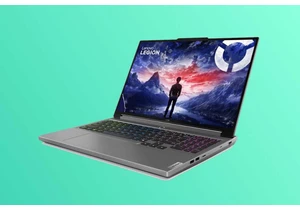
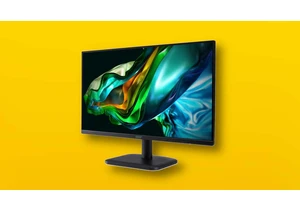
Being able to snag a 4K monitor for less than $200 might sound like a

If you’re looking for a solid daily driver laptop that won’t cost you


Microsoft will be shutting down the Microsoft Lens app next month, re

